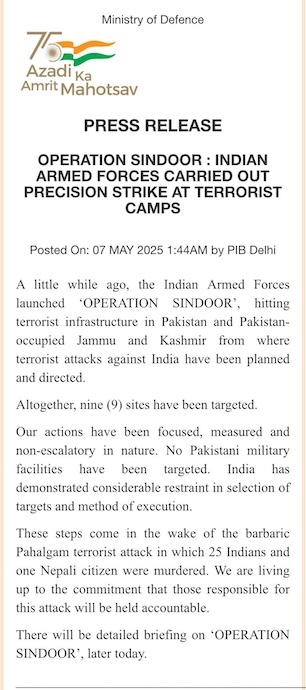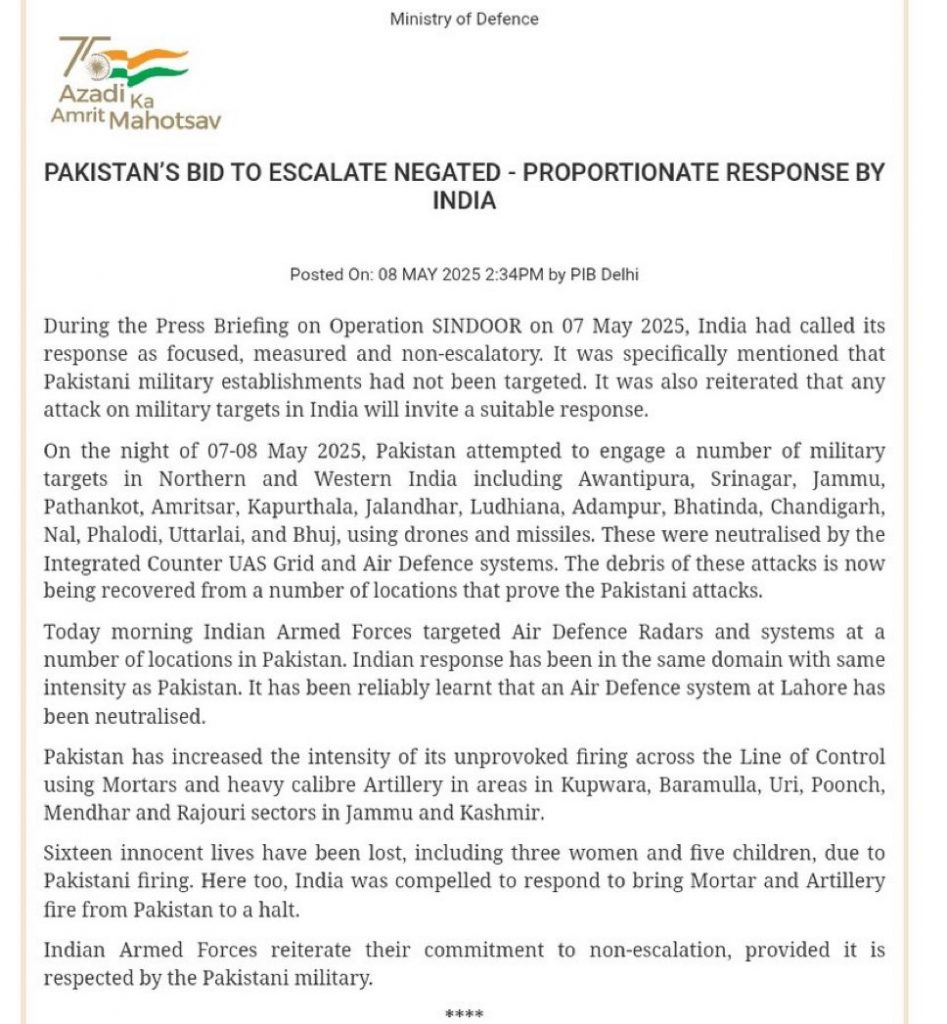We examine four episodes where statecraft became applied psychology: the United Kingdom mollifying Donald Trump to secure a swift trade accord; Canada’s Mark Carney firm yet conciliatory approach to Canadian-US relations; the conclave’s election of Pope Leo XIV, a median figure within the Church; and India’s calibrated media roll-out after strikes in Pakistan. Across these cases, firmness & aggression is mixed with civility, deploying symbolism, messenger selection, and careful narrative framing to steward egos and restrain escalation.
The UK’s path to a trade pact
Britain’s path to the 8 May tariff-cut agreement illustrates a disciplined exercise in ego management and optics. Downing Street judged early that defusing Donald Trump’s transactional impulses required esteem rather than escalation. Hence, February’s Oval Office flourish: Sir Keir Starmer produced a personal letter from King Charles offering an unprecedented second state visit—a gesture that left the President visibly delighted and framed subsequent talks in royal deference rather than commercial quarrel.
Behind the scenes, ministers reinforced the flattery. Officials discreetly canvassed golf authorities about returning the 2028 Open to Trump-owned Turnberry golf course, signalling attentiveness to the President’s personal brand while incurring only a notional cost to the UK government. At the negotiating table, however, Britain was quietly firm: it refused to match Washington’s tariffs, withheld concessions on digital taxes, and held its ground on food-safety standards.
The result was a narrow, sectoral pact—tariffs on 100,000 British cars fall from 27.5 to 10 per cent and steel duties drop to zero—won at the price of limited beef and ethanol access for US exporters. By settling for “the art of the possible”, Starmer converted a looming trade war into a made-for-television victory that both leaders could proclaim, demonstrating how calibrated deference can coexist with hard-line protection of core interests. In short, Britain paired soft power with quiet resolve, turning personal vanity into geopolitical leverage.
“Canada Strong”, yet conciliatory
Fresh from a 25-point electoral turnaround secured on a slogan of “Canada Strong”, Prime Minister Mark Carney arrived in Washington having first toured European capitals and invited King Charles III to open Canada’s 45th Parliament on 27 May, signalling that Ottawa had partners and prestige beyond its southern neighbour. The stage-setting sharpened Carney’s leverage: he could appear conciliatory without seeming subordinate.
During the Oval Office visit Carney opened with flattery—calling Donald Trump a “transformational president”—yet immediately deflated the recurring “51st state” fantasy. “Some places are never for sale,” he reminded the President. Moments later, he coolly corrected the President’s exaggerated trade-deficit figures, anchoring the exchange in verifiable numbers while declining to trade insults.
This blend of courtesy and quiet steel continued behind closed doors. Carney accepted no linkage between lifting tariffs and delivering concessions, yet proposed a timetable to review USMCA “within the existing framework”, casting Canada as a pragmatic problem-solver and obliging Washington to justify its hard line. At the subsequent embassy briefing, he described talks as “very constructive”, signalling progress without surrender.
Carney’s method therefore fused both the hard and the soft: elevate Canada’s status through royal optics and allied consultation; offer personal respect inside the White House; maintain empirical firmness on sovereignty and trade. In so doing, he turned an ostensible mismatch with a mercurial super-power into a demonstration of disciplined ego management and multidimensional statecraft.
The Vatican choose pragmatism
The conclave’s choice of Cardinal Robert Francis Prevost—now Pope Leo XIV—signals a Vatican strategy of calibrated balance. Internally, the Chicago-born but Peru-seasoned Augustinian was acceptable to both camps: progressives welcomed his advocacy on migration and the environment, while conservatives noted his traditional stance on abortion and clerical ordination. His reputation in Peru as a “moderating influence” who coaxed dialogue between liberation-theology bishops and Opus Dei hardliners made him the compromise few could oppose.
Externally, electing the first American pope acknowledges Washington’s global weight yet positions a pontiff who will neither echo the Trump administration nor replicate Francis’s open confrontations. Leo XIV has criticised President Trump’s immigration rhetoric, but he also resists the “social-justice warrior” label deployed by MAGA detractors, holding orthodox views on marriage and gender. This middle course gives the Holy See room both to “speak truth to American power” and to keep avenues open with a White House influenced by conservative Catholics.
The optics are therefore double-layered: a historic American papacy that comforts U.S. Catholics, yet a pontiff rooted in Latin American pastoral experience who can critique nationalism without being cast as a European scold. In Vatican terms, Leo XIV promises continuity of Francis’s outward-looking social agenda tempered by doctrinal steadiness; in geopolitical terms, he offers calibrated engagement—firm on universal ethics, tactful in tone—illustrating how Rome is managing internal and external challenges alike through measured statecraft.
Crafting a narrative of Indian restraint
India’s Operation Sindoor which involved strikes in Pakistan, was framed by official Indian communications in terms of restraint and focus. An emphasis was placed on claiming precise, planned action targeting terror infrastructure, and highlighting restraint through a limited timeframe.


The face of this narrative was equally deliberate. Colonel Sophia Qureshi, a decorated Muslim signals officer, and Wing Commander Vyomika Singh, a Hindu helicopter pilot, conducted the first briefings. Their accounts highlighted limited objectives, verified intelligence and the twenty-five-minute duration of the raid, reinforcing an image of professional restraint.
Social media rapidly amplified photographs of the two officers—captioned “Naari Shakti” (“woman power” or “woman strength” in Hindi) —as proof that India embodies pluralism and gender inclusion, traits implicitly contrasted with Islamabad’s male-dominated security establishment. By foregrounding women from different faiths, Delhi reframed the confrontation as one between a modern, multi-religious democracy and a state tolerating cross-border extremism, rather than a Hindu-Muslim clash.
The communications cadence—early clarity on limited aims, diverse spokespeople, and a pledge of further transparency—allowed India simultaneously to project resolve and invite de-escalation. In short, the operation paired hard power with soft-power optics in a single, coherent campaign.
